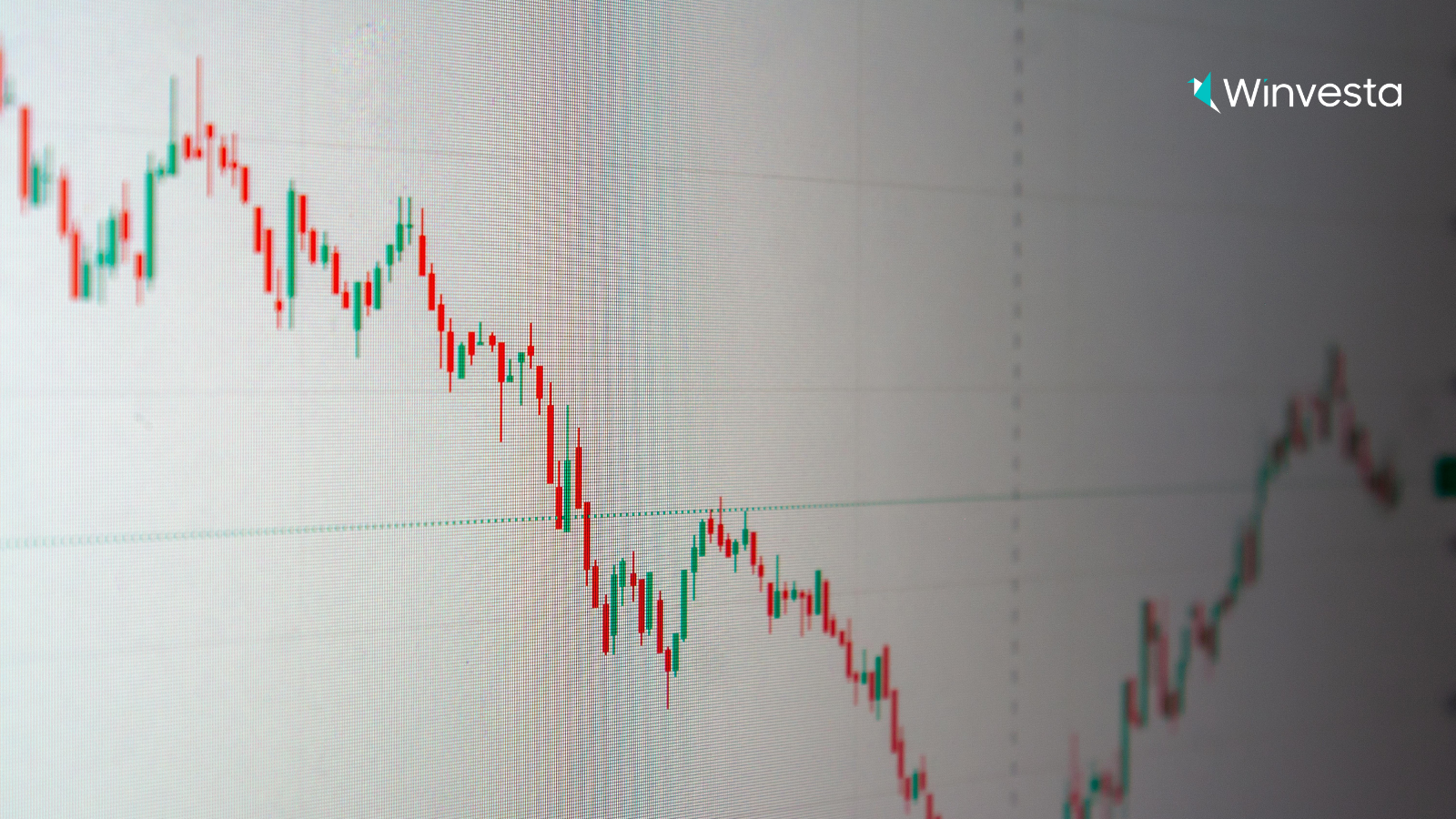Contents
Value Investing vs. Growth Investing
2 minutes read
13 May 2024

Value and growth investing are the two basic approaches to investing in the stock market. Although it is not necessary to choose one over the other, each method tends to have a loyal follower base. Let’s look at these two stock investment strategies in detail, dissecting their merits and demerits.
What is Value Investing?
A value investor identifies and invests in undervalued companies. Typically, these companies are underrated and progressing slowly. However, they have a strong underlying value. The idea is the market will recognize the value soon, and the share price will ‘catch up,’ generating substantial results.
Comparison metrics like Price to Earnings Ratio of value stocks are generally lower than their peers, but they have a strong track record. They trade at lower valuations owing to a variety of factors such as economic trends, consumer behavior, or cyclical nature of the business, among others. Value stocks typically have lower price volatility during market highs as well as lows.
How to Identify Value Stocks?
To identify value stocks, you can do a comparative analysis of the market value and the underlying value of the company. The underlying value can be calculated using data such as financial statements, business models, and the overall position of the company against the competition. If the current value of the company is lower than its underlying value, the stock is considered to be a value stock.
If the process seems too involved, there are several websites that the investor can research to get analyst views and recommendations. The strategy of value investing is more suitable for long-term investment horizons.
What is Growth Investing?
A growth investor identifies companies that have an ‘above average’ growth rate. These companies show continuous and robust growth in revenues, balance sheets, cash flows, and profits. Growth stocks are generally found in small-mid and large-cap sectors. These companies outpace their rivals with innovative products, services, and price offerings.
Growth stocks have a good earnings record and are expected to continue growing in the near future as well. This continuous growth rate is critical for attracting potential investors. Moreover, these stocks are more ‘expensive’ than their peers because of their higher price to earnings ratio. Investors are ready to pay a premium for these stocks relative to current earnings on a belief that futures earnings will justify the price.
How to Identify Growth Stocks?
The primary indicator of growth stocks is a consistently above-average growth of earnings. Generally, such stocks do not have a long history of huge gains but have a potential for even more explosive growth. Growth stocks carry an increased risk due to higher volatility.
Value Investing vs Growth Investing
Value investing is like a ‘sleeping giant’. Investors who prefer this approach are willing to wait until the ‘giant awakens’. However, at times the wait can be longer than expected. They tend to be comparatively stable in terms of the market movement and have a good track record of paying dividends. That’s why investors prefer them as a hedge during poor market conditions.
On the other hand, in growth investing, stocks are at a premium price, and investors are willing to pay the same because of their consistent year on year high growth rate. However, because they tend to sway along with market sentiments, negative news can have an outsized impact on the share prices. Moreover, growth stocks often prefer to reinvest their profits for expansions instead of handing out dividends.
Now the million-dollar question! Value investing vs growth investing, which investment strategy is better? The answer, however, is not so straightforward. Both approaches have their own merits and demerits. There is no specific ‘right’ or ‘wrong’ while choosing an investment strategy when it comes to stock picking. An investor can choose to invest a basket of stocks from both value as well as growth universe. In recent years, this hybrid approach has become quite popular. More importantly, choosing any specific investment approach is primarily associated with the individual’s risk profile and investment objectives.

Contributed by Swastik Nigam
Our Founder and CEO has been steeped in the world of finance since 2011 working with organisations such as Procter & Gamble, Larson and Toubro and Deustche Bank. Swastik’s love for finance literacy and helping businesses and individuals to make better financial decisions and grow their personal wealth has resulted in many such blog articles, talks, content pieces and social media content. Follow him to learn about the process of building a successful global business and tips on growing your personal wealth.



